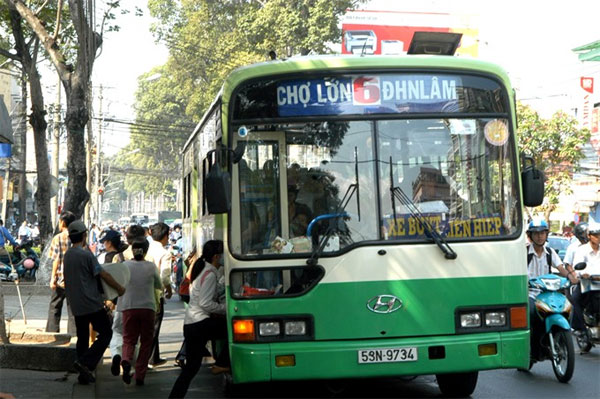Ha Noi attempts to ease air pollution
VGP - Ha Noi has decided to take a host of solutions to reduce fine dust concentration, improve air quality in urban areas and optimize the air quality measurement as air pollution in this populous city has reached alarming level recently.
 |
| Illustration photo |
The capital city took the top spot among more than 10,000 cities worldwide in terms of air pollution, when its air quality index (AQI) stood at 175 on September 27 morning, according to the Air Quality Index recorded by IQAir AirVisual.
In the previous evening, the index was over 200. An AQI level above 100 means the air is polluted or unhealthy for humans.
Ha Noi will apply higher emission standards of EURO 4, EURO 5 by 2020 and use cleaner fuels to curb pollutant concentrations in emissions.
According to head of the Environment Protection Authority under Ha Noi’s Department of Natural Resources and Environment Mai Trong Thai, air pollution in Ha Noi is caused by many factors and the most outstanding ones are rapid urbanization, shortage of synchronous infrastructure, poor management of construction.
In order to improve air quality, the city has now completed the plan of planting one million new trees. It will apply higher emission standards of EURO 4, EURO 5 by 2020 and use cleaner fuels to curb pollutant concentrations in emissions, Thai said.
Ha Noi is taking synchronous solutions to reduce fine dust concentration in the air for improving air quality as citizens in Viet Nam’s capital city as well as many other major cities in Asia are suffering from widespread air pollution.
Air pollution is often assessed by particle matter including suspended dust, 2.5 PM, PM10 and SO2, NO2, CO, O3, CO, VOCs (volatile organic compounds).
In addition, the capital cty’s campaign of planting one million trees has been completed and the municipal authority is planning to plant another 600,000 trees in the 2019-2020 period.
The city has also applied concerted projects to improve air quality such as those related to noise and dust prevention, project on treatment of hazardous medical waste, collection and treatment of hazardous wastes, strengthening management of transport means to reduce traffic congestion and environmental pollution in Ha Noicity in the period of 2017-2020, with the vision to 2030.
In addition, Ha Noi has also increased investment in public transport infrastructure (BRT buses, urban railway) and encouraged people to use public transport, in a bid to curb private vehicles and reduce gas emissions.
Ha Noi is the second worst city for air pollution in Southeast Asia, behind Saraburi in Thailand. Ho Chi Minh ranked fourth./.
By Ngoc Van

